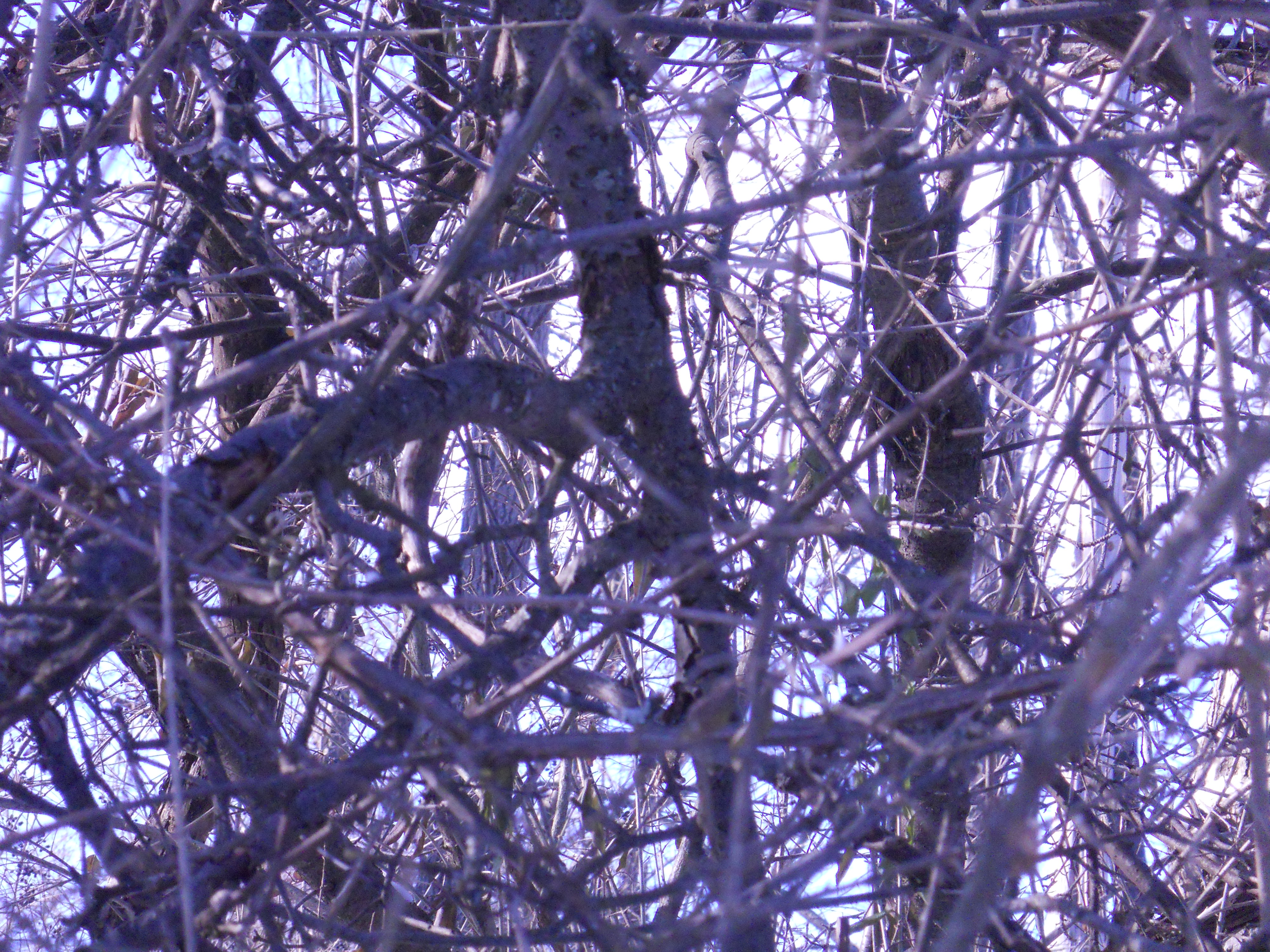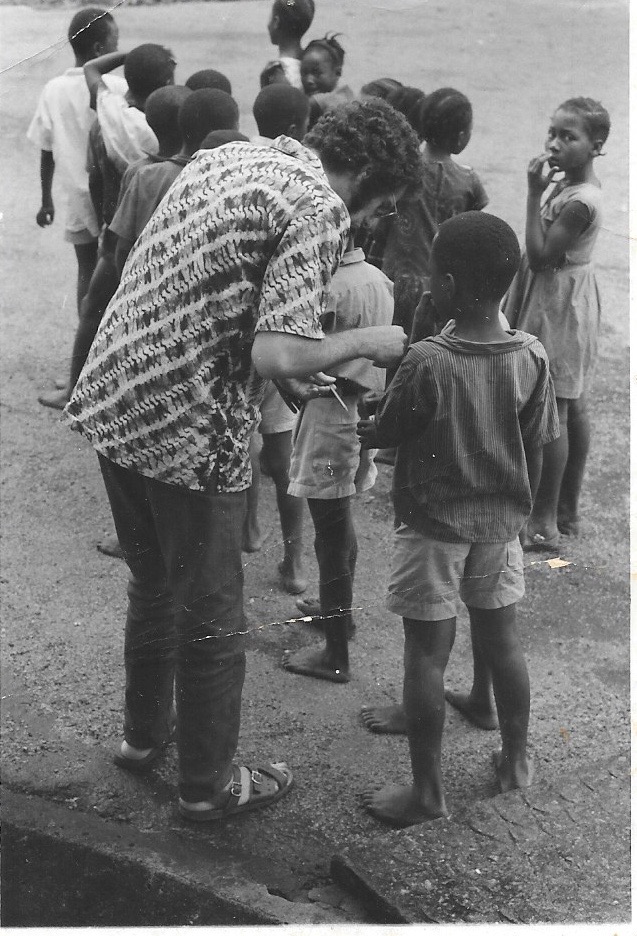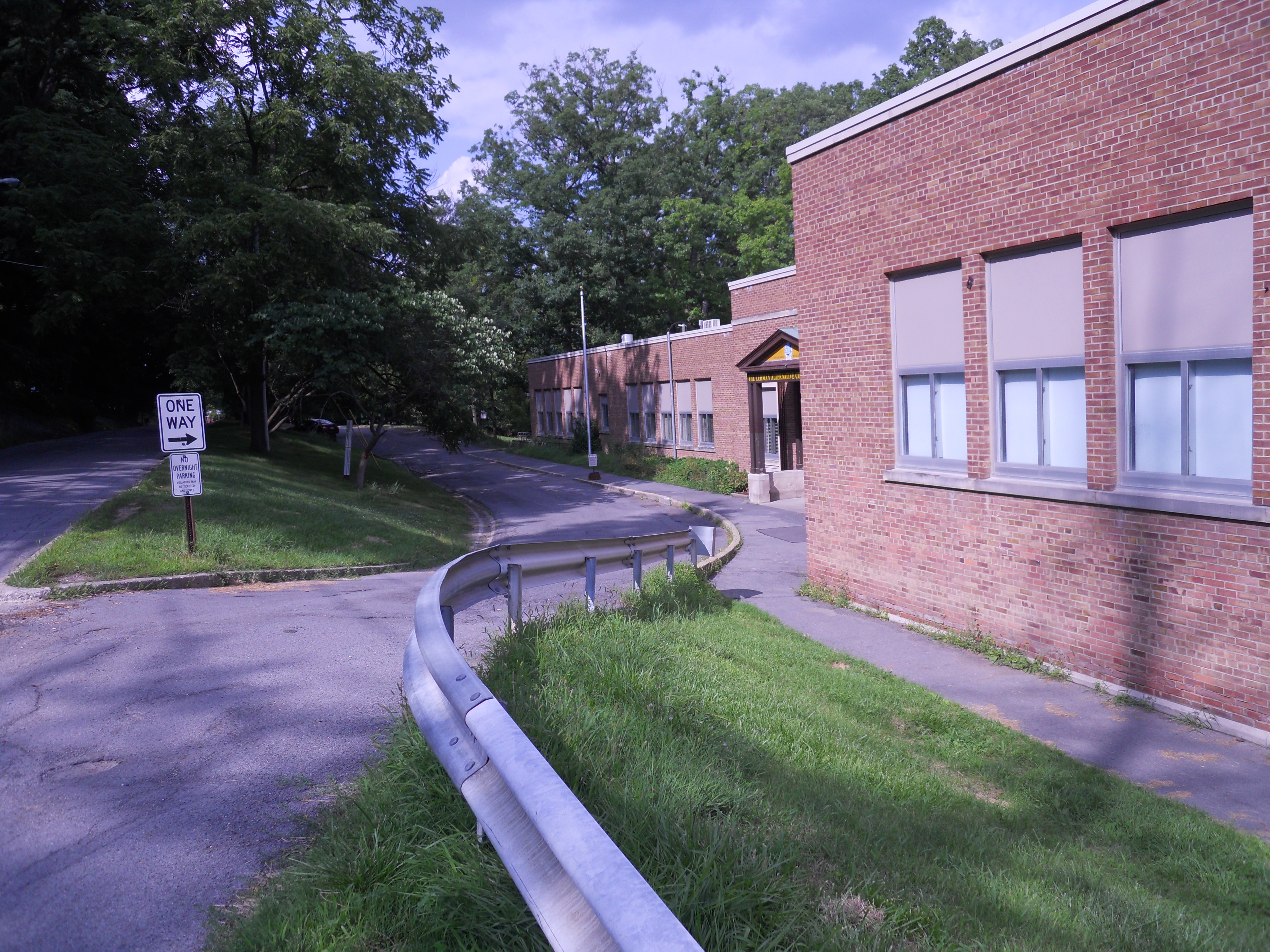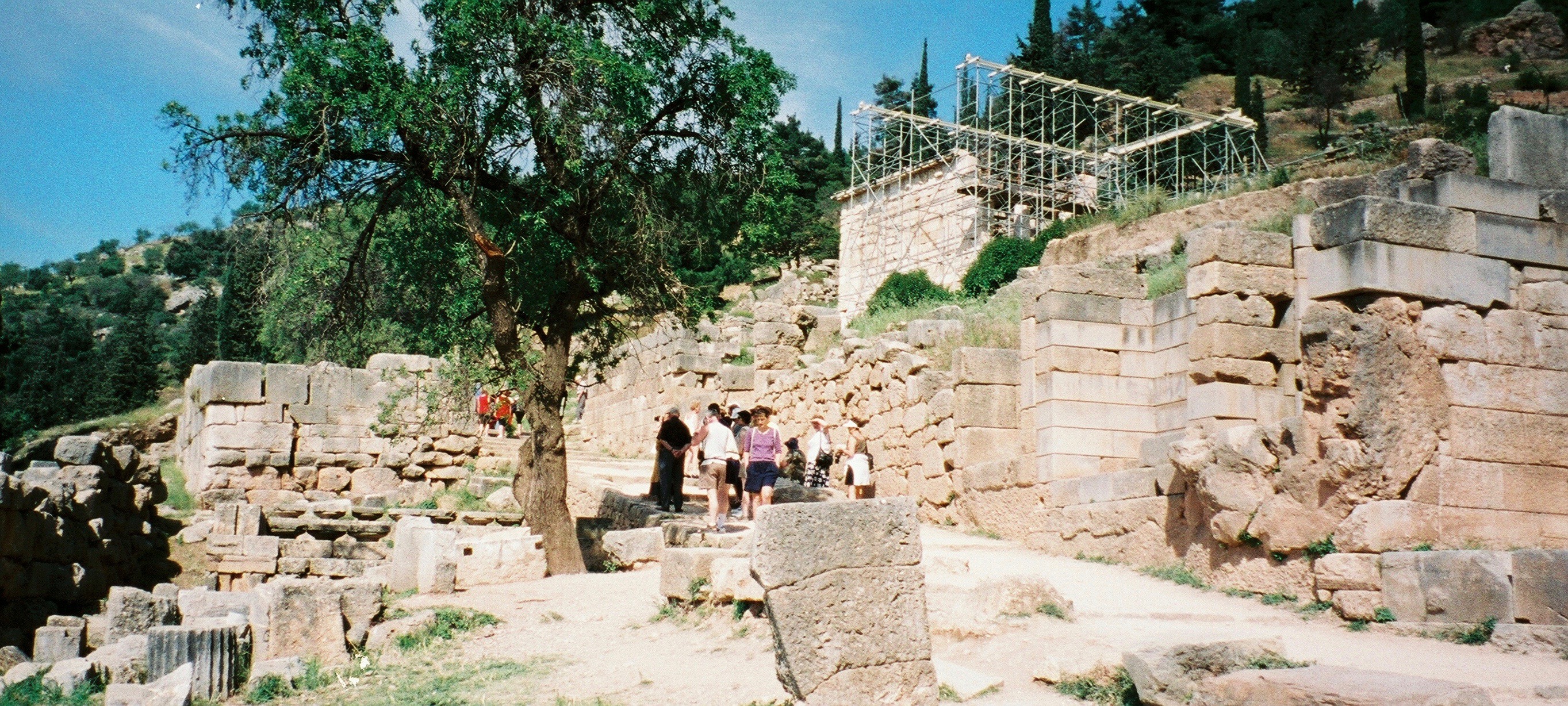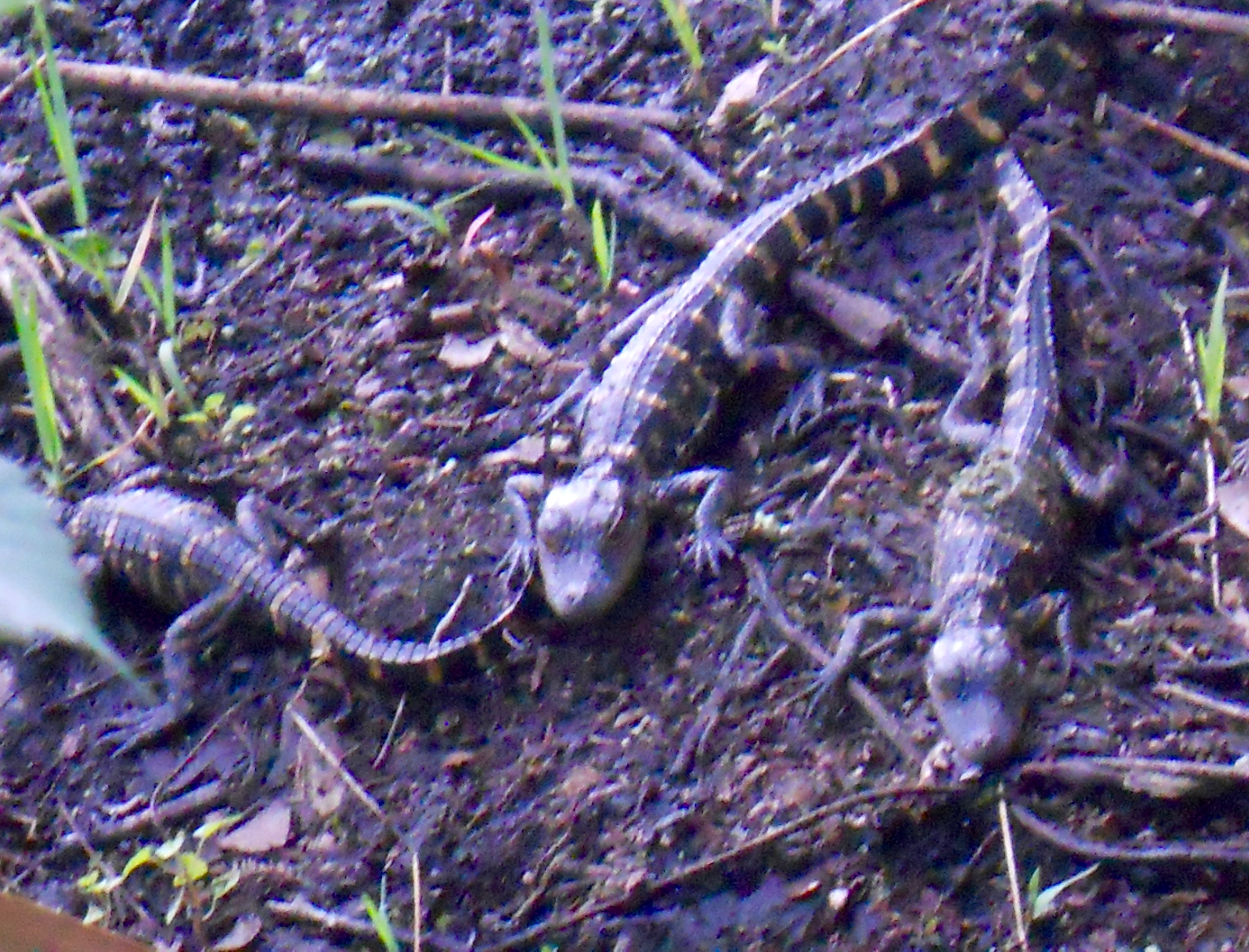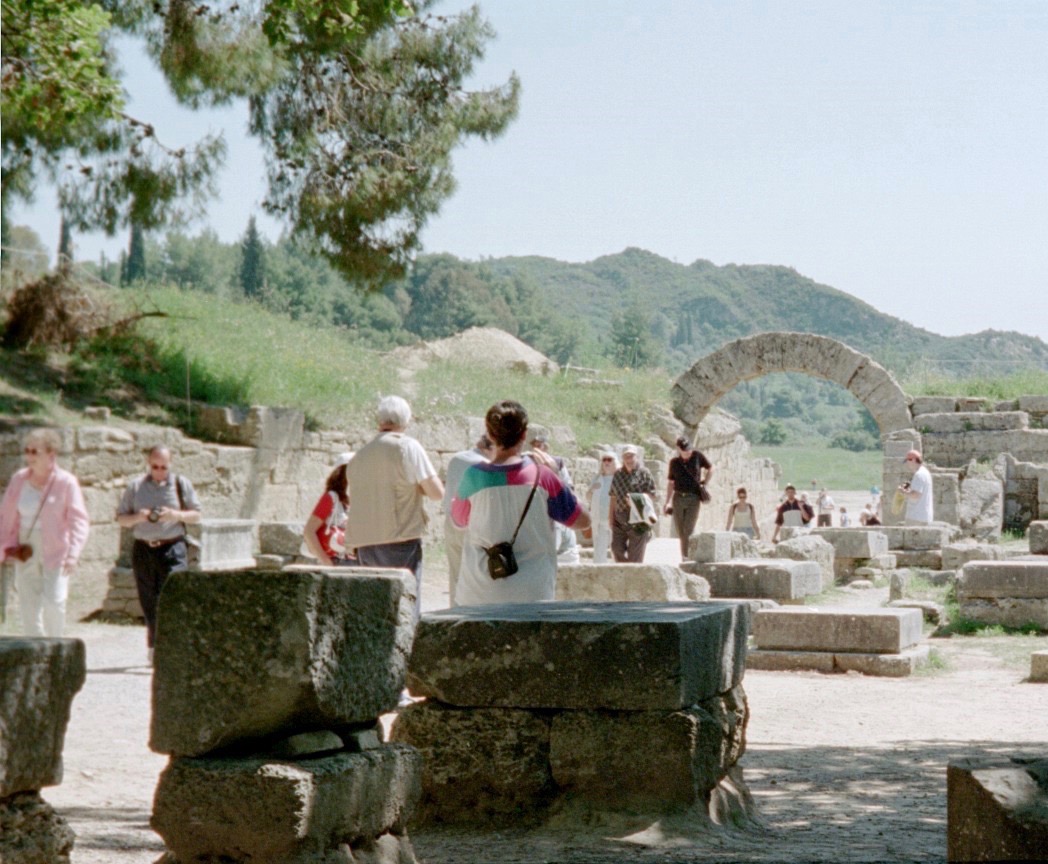Two articles in the recent Scientific American Mind (May/June, 2017), when read together, provide an extremely relevant, even fascinating insight into the situation in the world today. One is on the psychological effects of power on the powerful. The other is on self-compassion.
The first article was called Power Moves: Success Changes How People Think and Act—Often, But Not Always, For the Worse, by Theodor Schaarschmidt. The British politician and historian, Lord John Acton, has often been quoted as saying: “Power tends to corrupt, and absolute power to corrupt absolutely.” He was mostly speaking of Popes, Roman Emperors, and absolute monarchs.
But are the corrupting influences of power real? And if so, are they attributable to the mere fact of having power? Or is it that ruthless people are the ones most likely to search for power to begin with? The article discusses psychologist Susan Fiske’s research—as people gain influence, they change. They act more freely, with less empathy, and a reduced concern for details.
The research by psychologist Dacher Keltner, quoted by Schaarschmidt, adds depth to this picture. When we feel powerless, our actions are more inhibited; we are more sensitive to punishment and also the needs of others. As our influence and power increase, we become more sensitive to rewards and less inhibited. The skills needed to obtain power and to lead effectively are the ones most likely to deteriorate once we have power. The powerful tend to overestimate their skills, take greater risks, think in terms of stereotypes, and ignore outside viewpoints.
Further studies show the more power people get, the fewer social norms they tend to follow. They can become “Machiavellian;” they disregard moral or even legal limits and feel free to use others in their pursuit of status and advantage. According to psychologist Kibeom Lee, when Machiavellian traits combine with narcissism and psychopathy, people show less honesty and humility.
At first glance, it might seem from this research that empathy is somehow opposed to agency or the ability to act and assume power. Not so. In his book The Power Paradox: How We Gain and Lose Influence, Keltner says it is social intelligence, the power to understand, value and advance the goals of others, that yields true power and it is involved in every relationship and interaction. Without this social intelligence we “tend to act like patients who have damaged their brain’s orbitofrontal lobes” (parts of the brain critical to empathy and socially-appropriate behavior). The paradox is that we tend to “rise in power in the world due to what is best about human nature but we fall from power due to what’s worst.”
According to Schaarschmidt, the corrupting influence of power is slightly less likely with women, for example, whose path to power is often different than with men. As you might expect from the ubiquitous sexism in our society, women are more likely to be attacked for anything that might appear as dominating a group or asserting power, and rewarded with influence by looking out for others.
Self-compassion, according to the article The Self-Compassion Solution: Building On A Buddhist Principle, Psychologists Are Learning How Being Kind to Yourself Can Bolster Resilience, Buffer Against Stress and Improve Relationships, by Marina Krakovsky, means “treating yourself with the same kindness and understanding that you would a friend.” In his research, psychologist Kristen Neff discerned three elements of self-compassion: kindness toward yourself, “paying attention to your suffering in a mindful, nonobsessive way,” and a cognitive component, where you understand that suffering is a normal part of life. Neff found that people who score high in self-compassion are less prone to anxiety and depression.
Krakovsky mentions the work by psychologist Juliana Breines, who found that self-compassion also helped people not get caught up in feeling their self-worth is dependent on approval by others. But Breines wondered if this diminished worry about the opinion of others would lead to a loss in motivation, as in schools. She found the opposite to be true. Students with self-compassion tended, for example, to study even more for a quiz than others.
And in a study with seniors, researchers led by psychologist Batts Allen found that people with self-compassion had a stronger sense of well-being. They were more mindful of what they were doing and feeling, and thus more capable of acknowledging and accepting what was true. Self-compassion apparently led to a better sense of, and valuing of, who they were.
Compassion in general is a readiness to act to reduce suffering. Compassion practices strengthen the insula, which is an area in the cerebral cortex of the brain, behind the frontal lobe, involved in emotional regulation, stimulating energy and focus. Compassion for self and others not only energizes us to act to relieve suffering; it energizes us to act with more awareness. It increases our ability to learn and discern what is going on. Especially when combined with mindfulness, it can help people think more clearly and critically.
We have this maladaptive, basically Machiavellian, idea in the U. S. that only by being selfish and ruthless can we achieve any political change; that ruthless behavior can somehow result in a “better” or more equitable world. The research on power shows the opposite to be true. And one of many reasons this idea is maladaptive is because it can undermine the motivation by ethical and empathic people to want to take political action. We have an example now of a leader whose craving for power, rewards, and status has clouded his empathy and understanding and caused political chaos, an increase in racist incidents, an undermining of democratic values, etc., etc.
If we want leaders who can think clearly and act with understanding, we need to learn more about the power of compassion, starting with compassion for ourselves. We need leaders trained in compassion so they can resist the distorting influence of power and more clearly empathize with and prioritize the needs of the great majority they represent, not just the rich few. The power that corrupts is power over others. The power that liberates is power over oneself. A wonderful, short novel based on the life of the Buddha, by Satish Kumar, called The Buddha and the Terrorist, makes clear the differences between these two types of power. The first is power based on opposition and so creates perpetual conflict and distrust. The second is based on understanding self and others, the power to learn and change, and thus creates trust and cooperation. And one way we can begin to advance the power that liberates is by teaching compassionate critical thinking in schools.




